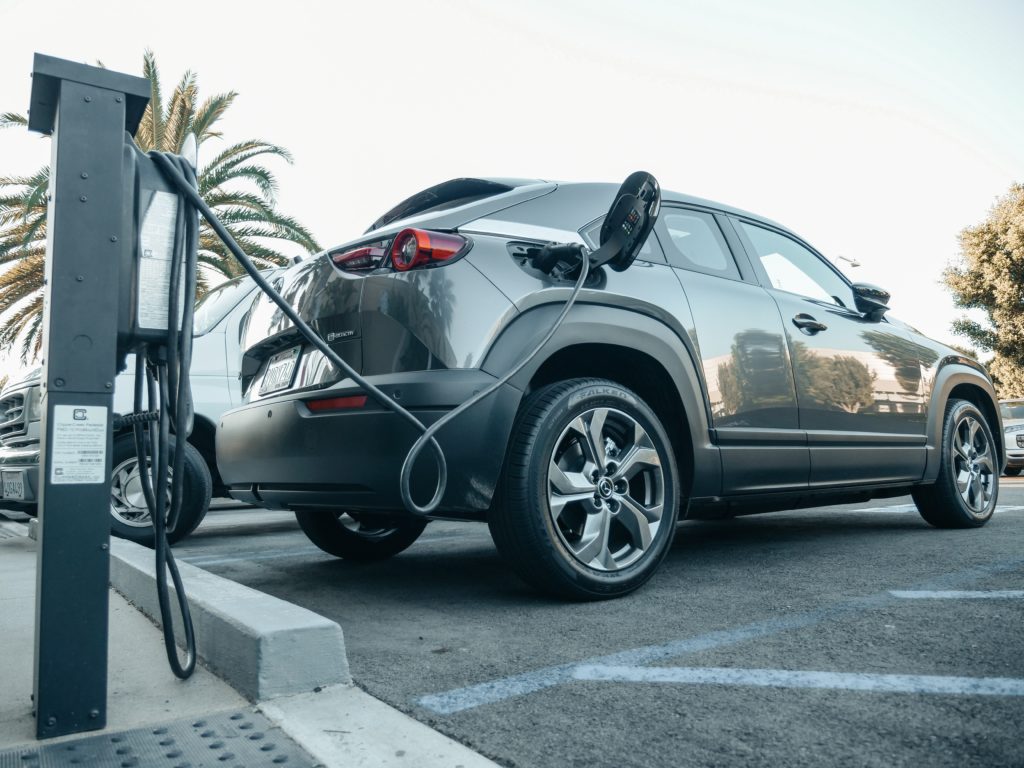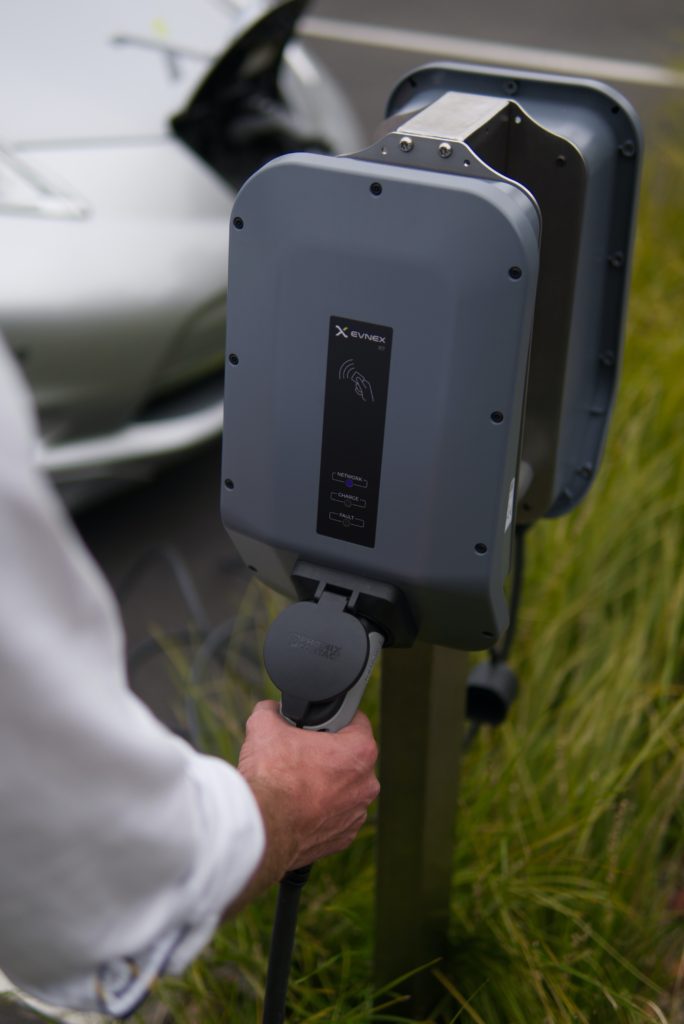
Electric cars are becoming more popular, especially among younger drivers and urban residents. Electric car owners need to charge their vehicles daily, often preferring to do so while they’re at home. Many multi-unit complexes like condominiums don’t have easy access to electrical outlets or other ways for residents to charge their cars.
Installing electric vehicle (EV) charging stations is a smart investment. The charging stations add value to your property, increasing the amount of rent you can charge and amenities your property offers.
They also help you find and retain tenants and owners who are environmentally conscious. A property management company can help your condominium complex install and operate EV charging stations.
Getting Approval for Charging Stations

Before installing electric vehicle charging stations, the individual unit owners and condo leadership must approve the decision. The Home Owners Association (HOA) board, unit owners, and the property management firm all have to agree and support the installation of the charging stations. EV charging stations may need to be brought to a vote during an HOA board meeting before installation commences.
You may also need to get permits for installing or operating an EV charging station from your local government. The power company will also need to be contacted to route electrical service to your charging stations.
Installing Charging Stations
You can install EV charging stations once you obtain the necessary approval. The installation process depends on how large your condominium complex is, how it’s laid out, and the type of equipment you’ll need.
Planning
Before you install anything, you’ll need a plan based on the size and layout of your condominium complex. The layout of the building and parking lots affect how many charging stations you’ll need and where you can place them.
Equipment
There are three different levels of electric charging stations to choose from. Levels 1 and 2 use alternating current (AC) electricity to charge vehicles, while Level 3 charges use direct current (DC), which is stronger. The charging process is faster with a higher charger level. Level one charging is the slowest and typically for residents who charge their vehicles through their home outlet.
Your condominium should use either Level 2 or 3 charging stations. Level 2 charging stations cost less but take longer to charge electric vehicles. You may also want to install charging stations that work with more than one vehicle at a time. This allows you to install fewer stations and makes it easier for your residents to charge at their parking spot.
You’ll also want charging stations that can track user data, preferably for multiple users. This allows your property management company to calculate usage accurately and bill residents accordingly. Most importantly, consider your budget and the needs of your residents when deciding on what equipment to purchase.
Location
You may need to alter the existing parking areas in your complex to accommodate the installation of your charging stations. Take advantage of empty parking spots and unused spaces to install charging stations. You might have to reassign parking spots or guest spots in your complex to ensure all residents with electric vehicles can charge near their building.
Certain Management Can Help Your Condominium
If residents or members of your condominium’s HOA would like to install electric vehicle charging stations in your complex, make sure a property management firm is involved.
Property management firms like Certain Management are skilled in handling the planning and installation of a big project like this. Our staff can help your condominium create a budget, file permits, get approval, and install your EV charging stations throughout the New Orlean, LA area.




